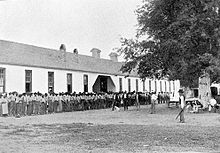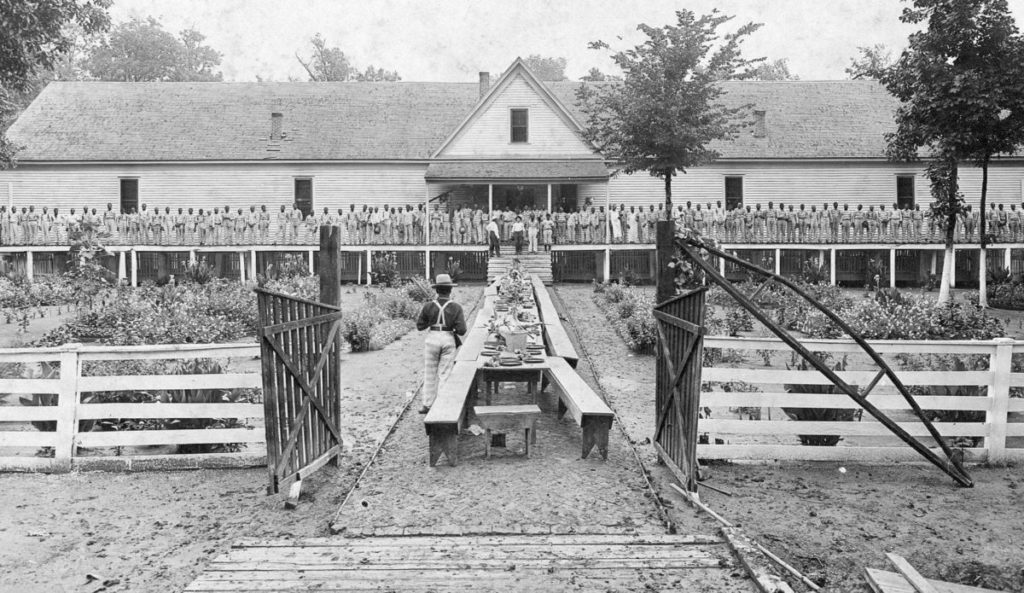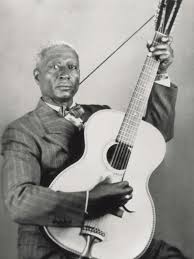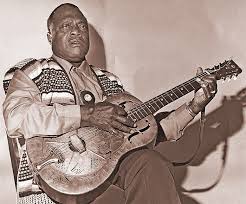




R.L. Burnside was born into a sharecropper family in Mississippi. Around the 1940’s the family relocated to Chicago as migrants a part of the Great Migration for better opportunities. This transition also led to Burnside being exposed to the music early on in his youth. He heard many artists including Lead Belly. After a few of his family members were murdered in Chicago, he returned back to Mississippi. He got into an incident that left a man dead by his hands and had to do his time at Parchman farm prison. After only six months, he was released because a plantation owner spoke up for him. When he was released, he began to study the blues in the birthplace of the Mississippi delta and learned how to play the guitar. By 1967, he released an album called the “Mississippi Delta Blues”. It was a hit and he began getting booked for performances around the state of Mississippi. For years his fame grew national, yet he rarely toured outside his state. He was soon sought out by a British Musician who wanted to make a documentary around him and his music, including his life and time at the prison. His story along with his music become very popular internationally. He began performing around the world in countries in Europe, and Asia. He toured up until 1999, where he retired.

Login to your account